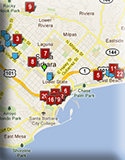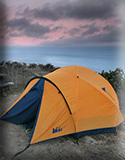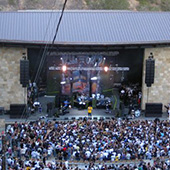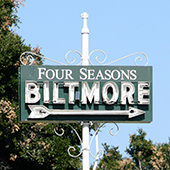Blue Whale Watching Season
In The Santa Barbara Channel

Use this search box to quickly find the information you’re looking for.
Blue whale watching season in the Santa Barbara Channel is from May through September.
The best time to see the most Blue Whales near Santa Barbara, California is June through August.
More than 2000 Blue Whales migrate along the continental shelf between Alaska and Costa Rica. This is the largest Blue Whale population in the world.
Normally Blue Whales travel alone, in pairs, or in very small groups. Yet groups as large as 50-60 Blue Whales have been observed feeding in the Santa Barbara Channel.
Blue whales migrate almost constantly in search of food. In the summertime, the Santa Barbara Channel becomes the perfect environment for krill, the mainstay of a Blue Whale’s diet.
So, your best chance to see a Blue Whale is to go Summer whale watching in Santa Barbara, California.
I highly recommend going whale watching on the Condor Express.
What Makes Watching Blue Whales So Special?
Blue Whale watching allows you to witness the largest animal ever to have lived on Earth. You will never forget the first time you see a giant Blue Whale!
Another great reason to plan a whale watching trip to see Blue Whales is because it’s a wonderful opportunity to see an endangered species.
In the early 1900s, Blue Whales were hunted almost to extinction. Thankfully, whaling became illegal worldwide in 1966.
From a pre-whaling population of 350,000, there are now less than 14,000 Blue Whales in existence. Recovery is slow, but populations are gradually increasing.
For more information about the life of a Blue Whale, see my Blue Whale facts page.
Your Blue Whale Watching Adventure
When you go whale watching, you’ll locate the whales by their spouts, or blows. Spouts are created by the condensation of warm breath as the whale exhales.
Blue Whale spouts reach up to 30 feet in the air! Theirs are the tallest of all whale spouts.
The sound of a Blue Whale exhaling is a resounding “Whoosh!”
On your Blue Whale watching tour, you may see whales feeding along the surface. They suddenly lunge up out of the water or swim across the surface with their mouths wide open.
When I first saw this phenomenon, I couldn’t tell which way was up!
For future reference, it’s the top of a Blue Whale’s head that’s flat & horseshoe-shaped. Inside the top of the mouth you may see a pink stripe.
The Blue Whale’s pleated underbelly expands to hold great amounts of water and krill. An average Blue Whale can consume 8000-18,000 pounds, or 40 million krill per day!
What are Krill?
Sizes range from 0.4″- 5.9″ long.
Krill are tiny shrimp-like creatures that are the mainstay of the Blue Whale diet.
The presence of krill depends upon a very specific combination of warm and cold ocean currents.
Deep ocean water is rich with nutrients from decomposed organic material. An upwelling of this cold, nutrient-rich water occurs when the warmer surface water is displaced by wind and ocean currents.
When brought to the surface, the nutrient-rich waters feed phytoplankton, which feeds krill, which then feeds the Blue Whale.
Since Blue Whales don’t chew their food, they don’t need teeth. In place of teeth, Blue Whales have fringed bony plates called baleen.
Baleen are designed to filter crustaceans from the water. After gulping a swarm of krill, a baleen whale uses its tongue to strain the krill against its baleen fringe.
More Blue Whale Information
Blue Whales are still a mystery to researchers. Blue Whales generally live in deep ocean waters, thousands of miles off shore. Until 2007, we had no idea where Blue Whales are born.
But now we do…
National Geographic’s documentary Kingdom of the Blue Whale includes amazing new footage and discoveries about Blue Whales.
Watch the entire episode here, in standard definition. Or purchase the HD version of Kingdom of the Blue Whale from iTunes.
Blue Whale watching is the experience of a lifetime! If you ever have the opportunity, it’s definitely worth making a special trip to Santa Barbara California to see the rare Blue Whale.
Have Fun In Santa Barbara County
 Compare Hotel Rates |
 Channel Islands National Park |
 Camping In California |
 Santa Barbara Wine Tasting |
Didn’t find what you were looking for? Use this search box to find it.






New! Comments
Have your say about what you just read! Leave me a comment in the box below.